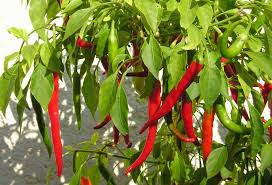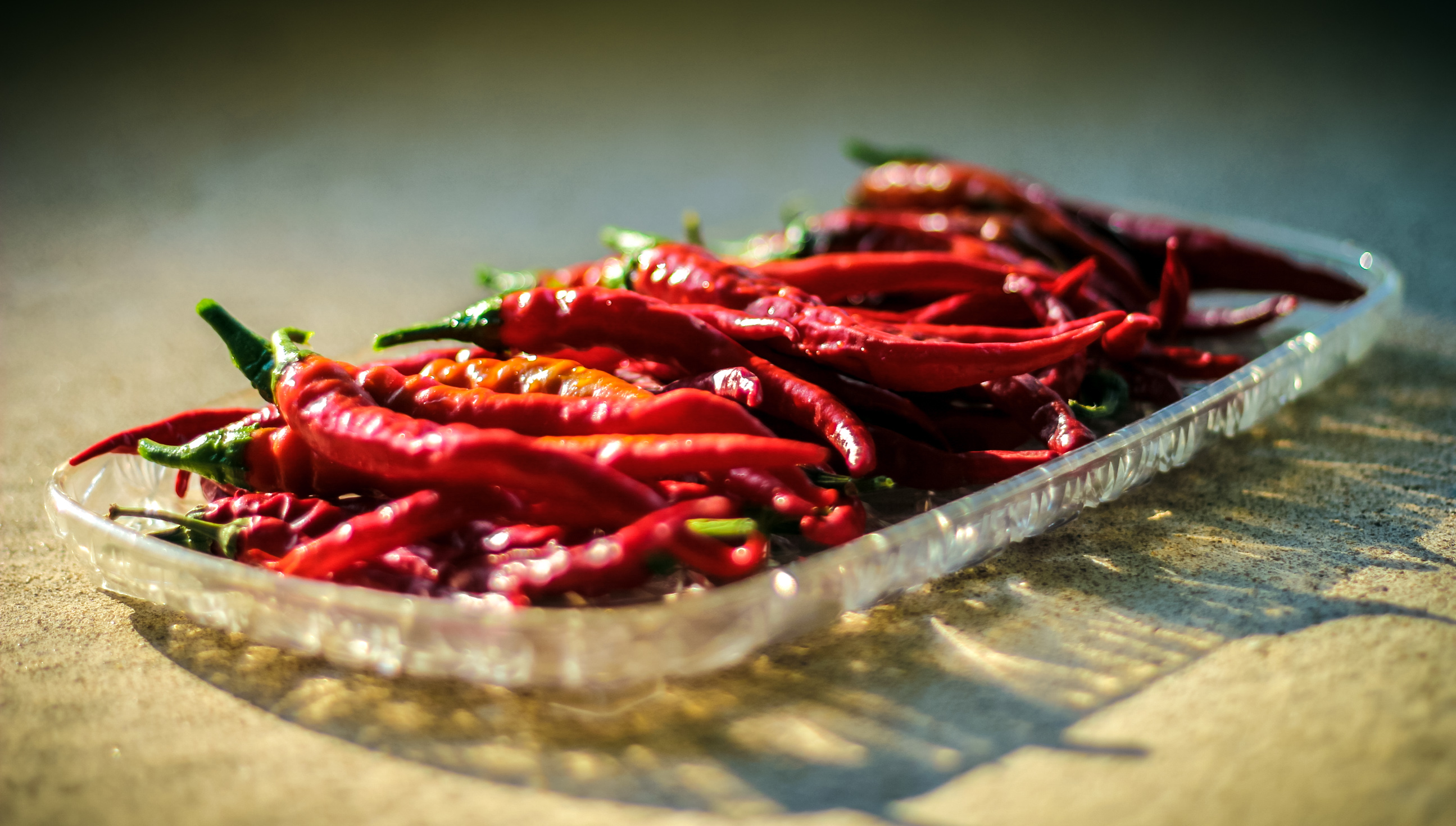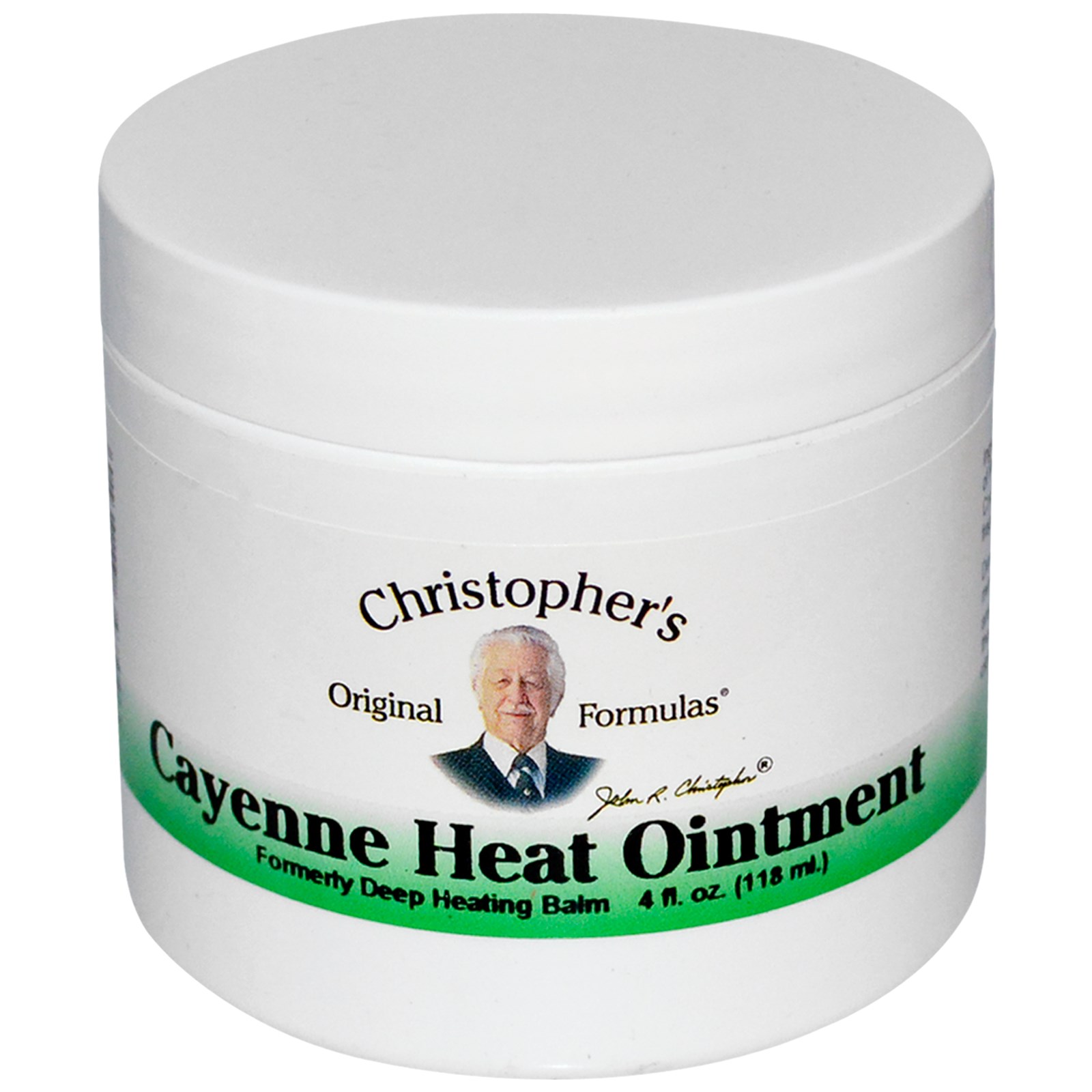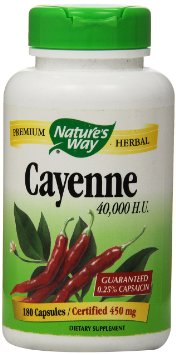The Healing Powers of Cayenne Pepper

If you’ve ever placed a tiny amount of cayenne pepper on your tongue, you know its powerful stuff! Cayenne pepper is a fiery spice used by different cultures to add bold flavor and “spiciness” to food. Cayenne peppers, also called “red hot chili peppers”, can be grown and cultivated in warm climates. It takes about 100 days for a cayenne pepper to mature. They can be used as fresh peppers, but most often they are dried and ground into powder.
Cayenne pepper is also a popular herbal supplement. It contains many nutrients such as calcium, folate, iron, magnesium, potassium, zinc, and vitamin C. One of the main phytochemicals in cayenne pepper is capsaicin. Capsaicin is what gives peppers their hotness. Many people believe capsaicin has health benefits and healing properties. Here are a few things people use cayenne pepper to remedy.

Colds & Sinus Infections – In a book called Dr. Mom’s Healthy Living, the author, Sandra Livingston Ellis, recommends taking cayenne at the first sign of a cold coming on. “Take two capsules (of cayenne) and stand in a hot steamy shower for several minutes. Take two more capsules. Drink plenty of fluids and then get into bed with warm blankets. By morning, quite often you will be able to sweat out the toxins in your body and stop the cold before it gets started.”
Heart Health – Cayenne pepper increases circulation in the body. It can help regulate blood pressure and cholesterol levels. Dr. Keith Jones, a researcher at the University of Cincinnati, applied capsaicin to the skin of mice, and studied its effects on their hearts. He found that it caused an 85 percent reduction in the death of their heart cells. Thus, he concluded capsaicin to be a form of “cardioprotection”.
Pain Relief – When applied topically, cayenne ointment can help relieve muscle aches and pains. I have personal experience with this one! The cayenne will warm and soothe your aches and pains. Just be careful to thoroughly wash your hands after applying a cayenne ointment. If you touch your face or rub your eyes, the cayenne can be extremely irritating to your eyes—(I have personal experience with this too!)

Weight Loss – Some studies have shown that eating cayenne with your food can help burn more calories. It can also help curb appetites. This was especially true for people who were not used to consuming cayenne pepper.
Digestion – As cayenne pepper increases the circulation in your body, it also increases the speed of digestion in your body. The flow of enzymes in your digestion tract speed up and your body creates more gastric juices. It increases your saliva too. Cayenne has also been used in the treatment of stomach ulcers. It helps relieve the pain of a stomach ulcer and can also help rebuild stomach tissue.
If you want to start taking cayenne pepper, remember to start small. You can mix some cayenne pepper in a glass of water or you can take it in capsule form. If you mix it, start with an 1/8 teaspoon and gradually work your way up to a 1/2 teaspoon. If you take the capsules, start with one capsule and work up to two or more. Cayenne pepper also comes in different degrees of hotness called heat units. The heat units are measured on the Scoville Rating Scale. Cayenne typically ranges from 30,000 to 190,000 Scoville Heat Units. You will want to start at 30,000-50,000 SHUs and work your way up. And of course, if you are in the mood for some spicy food, you can always add a little cayenne to your dinner plate. Just make sure you have plenty of water at the table!

- en.wikipedia.org/wiki/Cayenne_pepper
- www.naturalnews.com/028954_cayenne_tonic_herbs.html
- umm.edu/health/medical/altmed/herb/cayenne
- www.globalhealingcenter.com/natural-health/benefits-of-cayenne-pepper
- www.naturalhealth365.com/cayenne-pepper-stop-heart-attack-1145.html
- www.webmd.com/diet/20110427/cayenne-pepper-may-burn-calories-curb-appetite
- www.livestrong.com/article/125946-cayenne-pepper-digestion
- www.cayennepepper.info/cayenne-pepper-heat-units.html
- Prescription for Nutritional Healing, Fifth Edition, Phyllis A. Balch, 2010
- Healthy Healing: An Alternative Healing Reference, Ninth Edition, Linda G. Rector-Page, 1985
- Dr. Mom’s Healthy Living, Sandra K. Livingston Ellis, 2004
 Cristina Duke
Cristina Duke
Monthly Newsletter Contributor since 2014
Email the author! cristina@dvo.com
